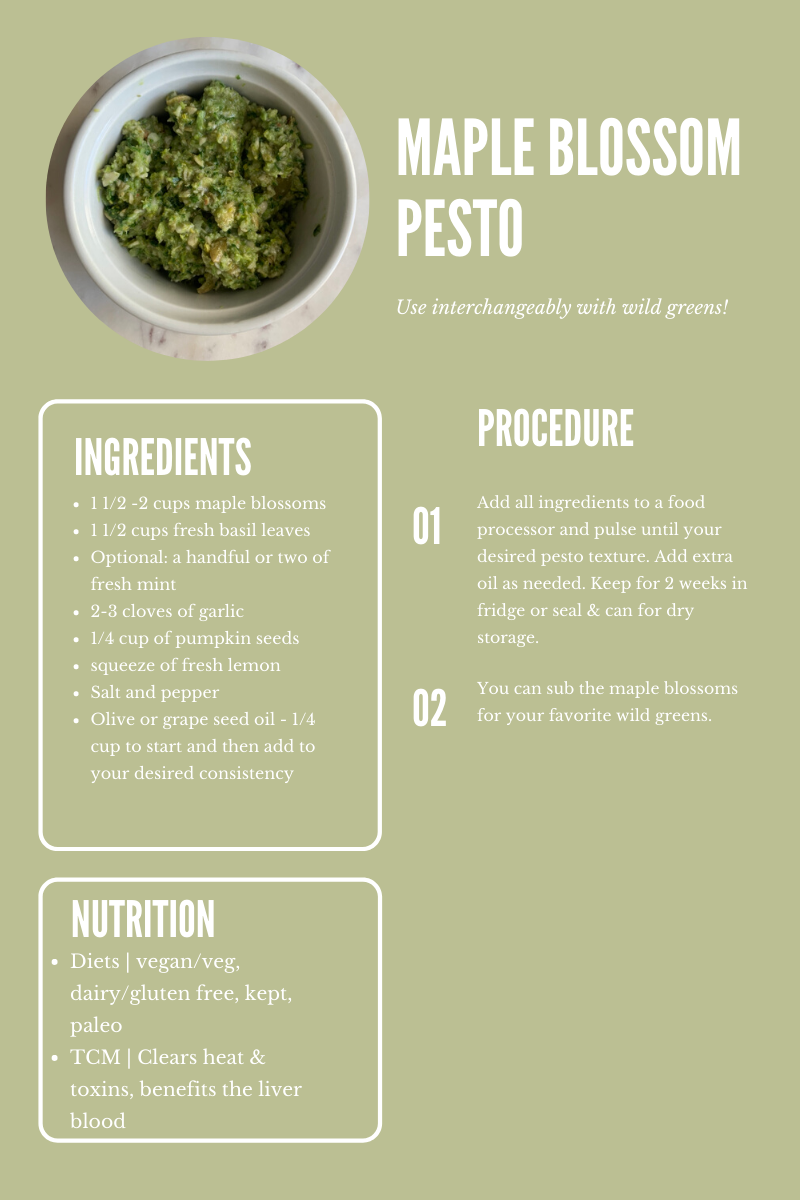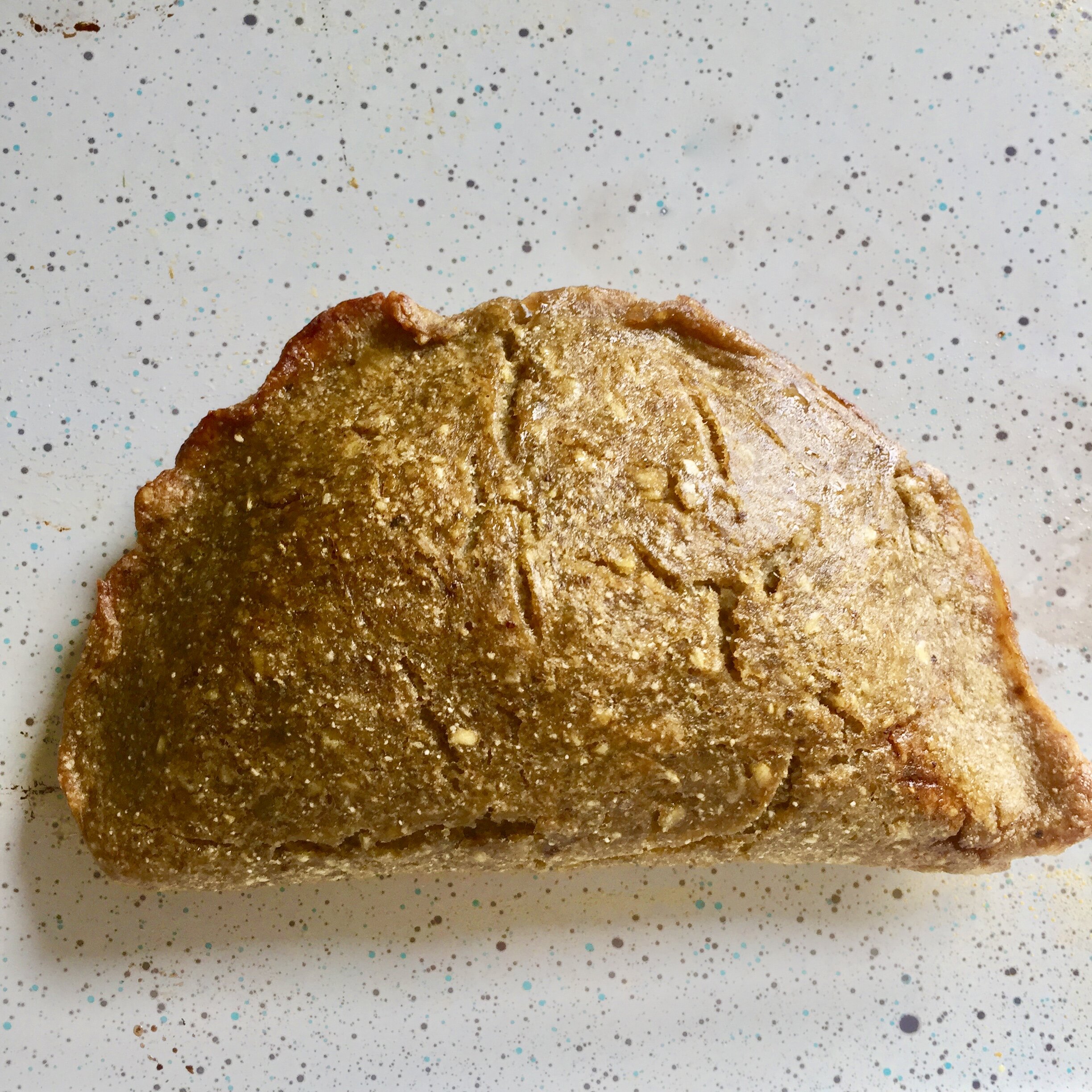Warm breakfasts are very important in TCM. The stomach is thought of as a 100 degree soup and great care is taken to protect the digestive and thermal energy of the body. Warm breakfasts boost energy, support the vitality of organs & blood, help with mental clarity and ensure proper nutrient absorption. This recipe is a variation of congee rice porridge - a traditional warm breakfast - adapted for those who don’t tolerate grains well. Cost & time effective, full of fiber, complex carbs, omegas and healthy fats which help to keep blood sugars stable throughout the morning. Sometime I add a scoop of collagen powder for extra protein. Or seamoss gel for a thyroid and immune boost.
Rhubarb & Sweet Potato Porridge
Ingredients:
One large sweet potato (white not orange)
1 600g bag of frozen rhubarb or 3 cups fresh rhubarb or puree
One can full fat coconut milk
1/2 cup chia seeds
1/2 cup flax meal
2 tbsp cinnamon or pumpkin spice
1/4 cup maple syrup or to taste
Optional toppings: nuts, seeds, fresh or dried fruit, shredded coconut, chocolate nibs, hemp seeds, coconut yogurt or whip, apple butter, nut butters, etc.
Directions:
Chop potato and add to slow cooker or soup pot with rhubarb, spices & full can coconut milk.
In a slow cooker - cook for 2-3 hours on high or overnight on low. In a soup pot - simmer covered until potato mashes tender.
Remove from heat and puree with emulsion blender or mash well with a fork.
Add chia seeds, maple syrup and flax meal. Stir well to combine.
Serve warm with toppings of your choice.






























